by Jessica Kosinski
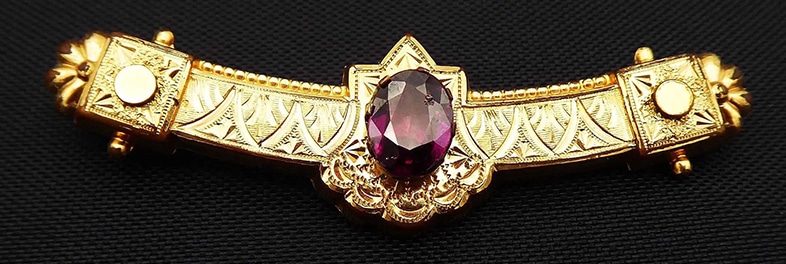
Have you ever received or purchased jewelry that featured your birthstone? The tradition of birthstones incorporated in rings, necklaces, and other jewelry seems like one that has been around forever. That’s why most of us don’t even question it. However, like everything else, there is an origin story associated with birthstones. Let’s take a peek at how the association between gemstones and birth months came about and why they are still popular today.
Gemstones and the Bible
Gemstones once had different meanings from those we know today. The Bible mentions their use as representations of the tribes of Israel. There were 12 tribes, and Aaron (elder brother to Moses) had a breastplate designed to represent them all using a unique gem to symbolize each one as he helped Moses lead the Israelites from Egypt.
While indicative of birthplaces or origin points of the tribes, they had nothing to do with the particular birth months of their people.
Gemstones/Birthstones and Astrology
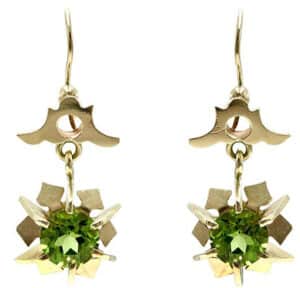
In the 1st century AD, gemstones were first associated with the stars through astrology, according to historians. Soon, certain gemstones began to represent sections of the year corresponding to each zodiac sign. People also began to view gemstones resenting their zodiac signs as being lucky. As a result, their popularity grew, but not for long.
The Impact of Religious Oppression on Gemstones/Birthstones in the Middle Ages
The “Middle Ages” refers to the period from the 5th century to the 15th century. During that time, Christianity was the major religion in Europe. Certain beliefs and practices, including astrology, were not considered to be in line with Christianity. As a result, those who continued dabbling in astrology and other banned practices had to hide their activities. Therefore, the popularity of gemstones representing zodiac signs waned during that period.
The Revival of Gemstones & Birthstones
The end of the Middle Ages led to certain changes in thinking. Gradually, those practicing astrology came out of hiding, and over time the association of gemstones to the zodiac made a comeback. Following that, it took another couple of centuries before birthstones were associated with specific months instead of zodiac signs. That change first took place in the 18th century in Poland.
The Creation of the Birthstone List We Know Today
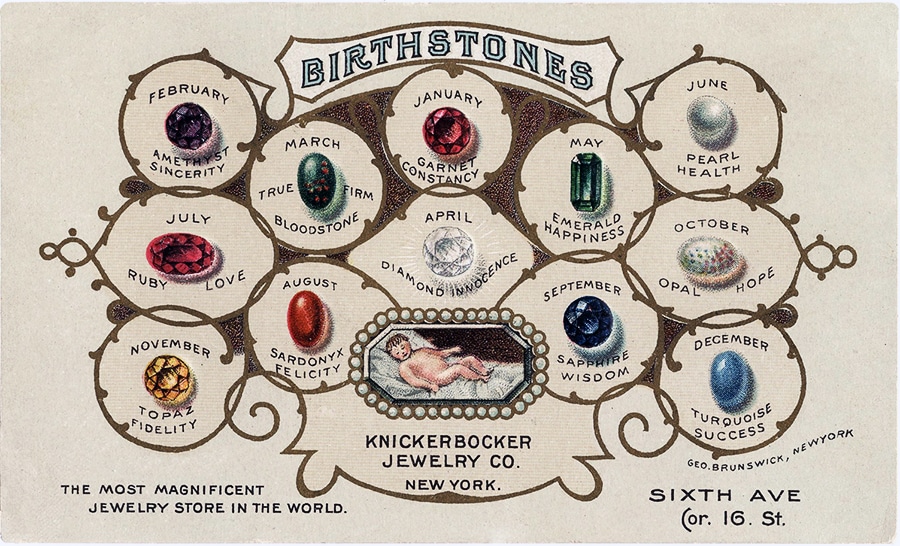
The list of birthstones that is popular and almost universally used among jewelers today originated right here in the United States. The National Association of Jewelers established this in 1912, so it is relatively new. Interestingly, even though there are 12 months in the year, there are more than 12 gemstones on the list. August, October, and November each have two. December also had two, until 2002 when a third was added. Today, the December birthstones are turquoise, blue zircon, and tanzanite. Tanzanite is the 2002 addition.
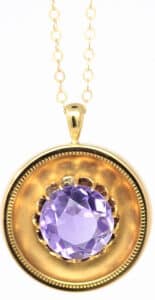
In the early days of gemstones representing origins or birth periods, the stones were often thought to be magical or lucky. Today, some people still view them as good luck charms.
However, in the case of tanzanite, there is no long-ago basis for that. The reason it was added to the list as a December birthstone in 2002 is simply to help jewelers sell more products, according to the American Gem Trade Association.
The Different Meanings Associated with Birthstones
For those who do believe birthstones are lucky, magical, or otherwise beneficial, each one has different meanings. For example, the ruby is the birthstone of July. It was often said to keep evil at bay. Similarly, December’s turquoise stone has long been associated with success and luck. In the third century, turquoise was thought to protect its owner from falling off a horse, and Native Americans believe the stone embodies the blue of heaven and green of Earth. And the pearl for June, representing health, was ground to a fine powder and mixed in a drink for Cleopatra, who believed she was drinking their beauty.
If you intend to purchase jewelry featuring your birthstone, you might enjoy delving into the historical beliefs associated with the stone. Keep in mind some of those beliefs were changed from region to region and century to century.
Collecting Birthstone Jewelry
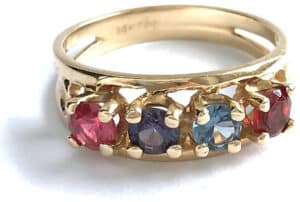
birthstones of her four children
When collecting birthstone jewelry, you have a lot of options. You can look for antique pieces or purchase newer pieces. You can also find birthstones incorporated into all sorts of unique items, including rings, earrings, necklaces, and even watch bands. It is also important to decide if you want to collect jewelry featuring your own birthstone or the birthstones of loved ones. For example, you might want to wear a necklace representing a loved one who passed away. You could also have special birthstone jewelry commissioned, such as a ring featuring the birthstones of each of your children. The important thing is to choose birthstone jewelry that has a special meaning to you.
Jessica Kosinski has been a freelance writer specializing in writing short articles for 15 years. She is also an avid collector of both antique books and Star Wars memorabilia. Although she is not in the antiques industry professionally, she has learned a lot about antiques over the years by periodically helping out at her mom’s antiques shop in Greenville, NH. She currently balances maintaining the antiques shop’s Facebook page, www.facebook.com/MallofNE, and working on various freelance writing assignments. She can be reached at dementorskiss77@yahoo.com.




Related posts: